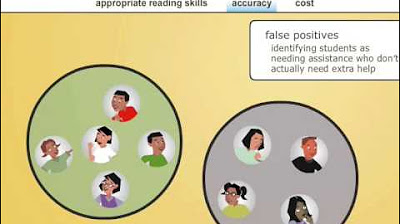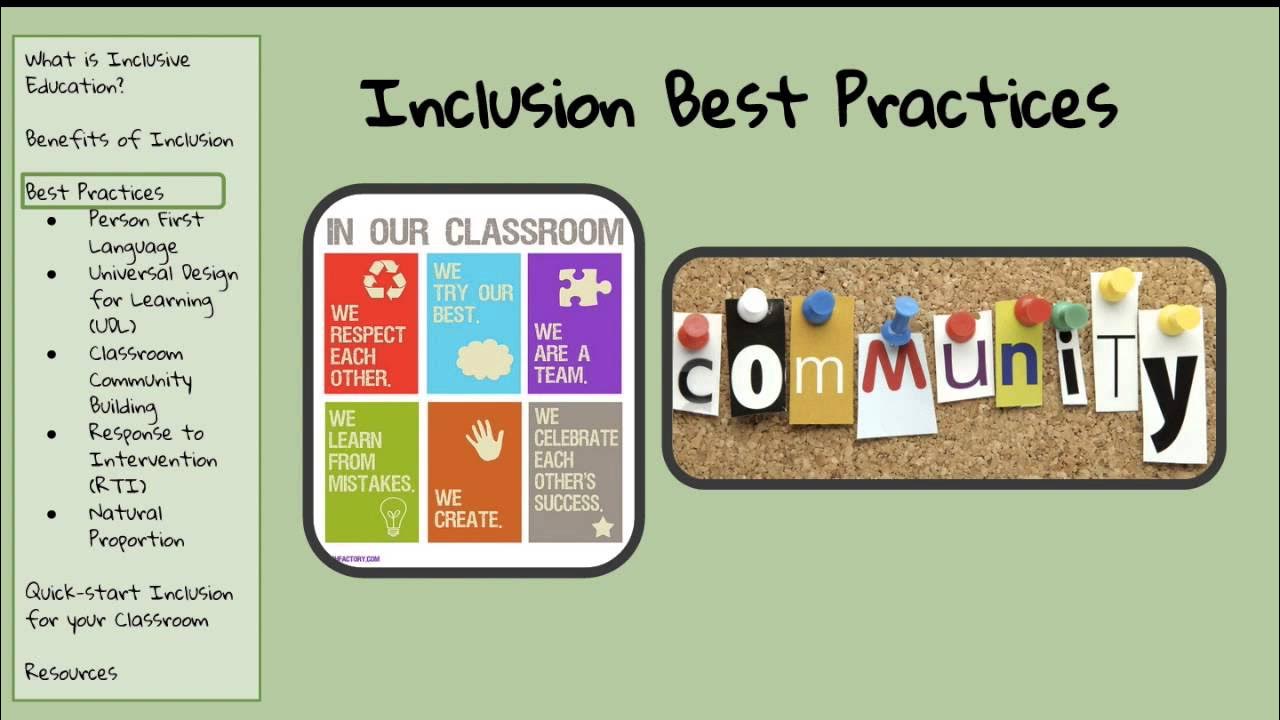Reading Intervention
Summary
TLDRThe video discusses reading interventions and Response to Intervention (RTI) strategies aimed at enhancing students' reading abilities. It emphasizes the use of diagnostic assessments to identify areas of difficulty, such as fluency, word identification, and comprehension. The intervention activities include language experience, phonics lessons, scaffolded writing, fluency drills, and comprehension tasks. Additionally, progress is tracked through regular fluency scores, miscue analysis, and comprehension tests, ensuring that interventions are tailored to students' needs. The focus is on providing targeted, authentic support for struggling readers to improve their skills effectively.
Takeaways
- 😀 Diagnostic reading assessments are a core element of the intervention, providing a detailed analysis of students' reading skills, including fluency, word identification, and comprehension.
- 😀 RTI (Response to Intervention) is used to support students with additional reading help outside the standard curriculum.
- 😀 Informal reading inventories, such as the Qualitative Reading Inventory, provide authentic, diagnostic feedback on students' reading behaviors.
- 😀 Interventions focus on addressing specific deficit areas: fluency, word identification, and comprehension.
- 😀 Interventions are designed to be short and targeted, with each session lasting 20-40 minutes, focusing on one to three areas of difficulty.
- 😀 Language Experience activities involve the tutor writing down what the student says, allowing them to practice reading their own words for fluency.
- 😀 Mini phonics lessons target specific word families or phonograms, integrating phonics with authentic text.
- 😀 Scaffolded writing helps students sound out words and write sentences with support, reducing short-term memory pressure during writing tasks.
- 😀 Fluency work involves timed reading, where students track their progress by recording how many words they can read per minute.
- 😀 Regular progress measurement includes daily fluency scores, miscue analysis every 3 weeks, and comprehension measures every 3-4 weeks, such as maze activities and story retelling.
- 😀 The overall goal of the intervention is to provide direct, personalized support that targets students' individual reading challenges to enhance their skills over time.
Q & A
What is the main purpose of reading interventions like RTI?
-The main purpose of reading interventions like RTI (Response to Intervention) is to provide additional support to students who need extra help with reading, beyond the regular curriculum. These interventions are based on diagnostic assessments and are tailored to address specific areas of difficulty in reading such as fluency, word identification, or comprehension.
How do diagnostic reading assessments differ from standardized tests?
-Diagnostic reading assessments are more direct and authentic than standardized tests. They focus on observing how students process text and make mistakes while reading, rather than providing a broad, generalized score. Examples include informal reading inventories and qualitative reading inventories, which involve listening to students read and noting the specific types of errors they make.
What types of miscue analysis are typically performed during reading interventions?
-During miscue analysis, educators record the types of errors or 'miscues' that students make while reading, such as mispronunciations, omissions, or substitutions. This analysis helps to pinpoint whether the issues lie in fluency, word identification, or comprehension, and allows for targeted intervention based on the student's specific needs.
What is the role of fluency activities in reading interventions?
-Fluency activities, such as timed readings, help students improve their reading speed and accuracy. For example, students may read a short passage for one minute and record how much time it takes to read it. This repetitive practice encourages improvement over time and helps students build confidence in their reading abilities.
What is the Language Experience Approach, and how does it help students?
-The Language Experience Approach involves having students dictate sentences or paragraphs, which are then written down by the tutor. This approach helps to build fluency as students read the dictated text multiple times. It also reinforces the connection between oral language and written text, making it easier for students to engage with reading.
How are phonics lessons integrated into reading interventions?
-Phonics lessons in reading interventions are integrated through activities that focus on recognizing word families or phonograms. For example, students might practice identifying words that begin or end with a specific sound (e.g., RR, D). These lessons help students understand the structure of words and improve their decoding skills.
What is scaffolded writing support, and why is it important?
-Scaffolded writing support involves the tutor helping students write sentences by sounding out words as the student writes. This reduces the pressure on short-term memory and gives students more time to focus on constructing their ideas. It also provides additional support for students who may struggle with writing independently.
How do comprehension activities enhance reading interventions?
-Comprehension activities, such as semantic feature analysis (identifying attributes of things in the story), sentence mix-ups, and story elements tracking, help students improve their understanding of the text. These activities prompt students to engage with the content in a deeper way, reinforcing key concepts and improving their ability to recall and retell information.
How do educators track student progress during reading interventions?
-Educators track student progress by measuring daily fluency scores, conducting miscue analyses every 3 weeks, and using comprehension assessments such as maze tests or story retellings. These tools provide detailed insights into a student's development, helping educators adjust interventions and ensure students are making progress.
What types of comprehension measures are used in reading interventions?
-Comprehension measures used in reading interventions include **maze tests**, where students select the correct word from a set of options, and **story retellings**, where students recount key elements of a story (such as characters, setting, and events). These measures help assess the depth of a student's comprehension and their ability to recall and understand what they read.
Outlines

هذا القسم متوفر فقط للمشتركين. يرجى الترقية للوصول إلى هذه الميزة.
قم بالترقية الآنMindmap

هذا القسم متوفر فقط للمشتركين. يرجى الترقية للوصول إلى هذه الميزة.
قم بالترقية الآنKeywords

هذا القسم متوفر فقط للمشتركين. يرجى الترقية للوصول إلى هذه الميزة.
قم بالترقية الآنHighlights

هذا القسم متوفر فقط للمشتركين. يرجى الترقية للوصول إلى هذه الميزة.
قم بالترقية الآنTranscripts

هذا القسم متوفر فقط للمشتركين. يرجى الترقية للوصول إلى هذه الميزة.
قم بالترقية الآنتصفح المزيد من مقاطع الفيديو ذات الصلة

WWC Recommendation: Screen for reading problems at the beginning and middle of the year

Implementing Response to Intervention-Boulevard Elementary School, Gloversville, NY

Inclusive Practices in Your Classroom

4 Components of Effective Reading Intervention for Struggling Readers in K-2

7. Strategi Mengakses dan Menemukan Isi Teks (Literasi)

Response to Intervention RTI : Education Conference & Live Chat
5.0 / 5 (0 votes)
